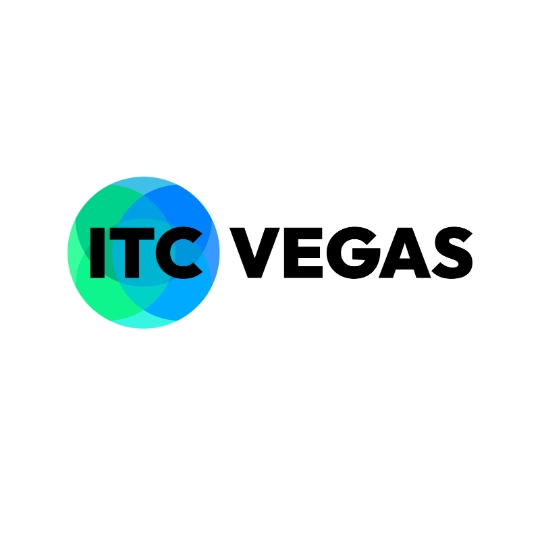In “Built to Last,” author Jim Collins builds the case that companies should focus on their product (or their purpose). That is to say, a company should “be a clock builder, not a time teller.” Within the life sciences industry, supporting LIMS and other scientific data quality systems typically falls within the responsibilities of several organizations with differing charters and motivations. In Collins’ words, they are “time tellers,” in that support for these systems is not their organizational “main thing.” There has been an increasing trend of outsourcing these support tasks, allowing the company to shift focus back to their ultimate purpose of R&D, sales and manufacture of quality product.
Support for a LIMS entails many important disciplines, including infrastructure, low-level and advanced technical support, master data implementation, enhancement and support for investigational activities. These areas are disparate in their resource needs, ranging from the IT-centric infrastructure support to the scientific technical master data and investigational aspects. Because of the varied nature of these tasks, a LIMS support organization is frequently split across IT, R&D, quality control and quality assurance organizations. Furthering the challenge are geographical and language constraints as LIMS systems are deployed on a harmonized basis across organizational units and manufacturing sites within companies.
Being effective as a support organization can be viewed in two ways. The first means of being effective is providing for the needs of the users of the LIMS, a straightforward goal. The second dimension of effectiveness is being aligned cost-wise with organizational needs.
From Sparq’s experiences building and maintaining support organizations within the space, the following points have been identified as best practices:
- Begin with the end in mind. Understand the parameters involved in support by identifying the stakeholders, organizational involvement, current resources and cost considerations.
- Foster a sense of accountability. Support organizations that “sit” under a single organization are more effective in delivery and avoid the support gap that can be present when multiple groups are involved in support delivery. If multiple organizations are involved in support, clear definition of roles and responsibilities is critical.
- Structure centrally. Aligned with the trend towards harmonized LIMS systems and data, a LIMS support organization built centrally for an organization or organizational unit can significantly lower the total cost of support for a system by leveraging work across the unit and sharing of pertinent and relevant information such as reports and master data.
- Employ Agile Support Practices. Using Agile support practices shows a demonstrable benefit in several ways. By employing systems such as Kanban, visualization in the priorities and current status of the support team are readily apparent, especially across geographical or physical locations (using excellent tools such as Trello).
- Deliver frequently. A support organization is trusted by their stakeholders when they are able to frequently deliver upon their promises. Delivering frequently, as opposed to coalescing large releases or enhancements, may seem counterintuitive in a quality-oriented field. By delivering “smaller,” stakeholders are able to more quickly get value for the support effort and quality verifications can be more focused and accurate.
- Define success and measure against goals. Defining what a success is, whether it is codified in service level agreements, or a less-formal approach, is important to any support organization. Established what success means allows the support team to be measured against criteria, and is a lever for making changes to the approach, team or strategy if goals are not being met.
Editor’s Note: This blog was updated from its original post.

Key Takeaways on AI from ITC Vegas 2024
At ITC Vegas 2024, the sessions this year had a huge emphasis on how the insurance sector is rapidly advancing the ways in which they use AI. There’s a major shift happening where theoretical possibilities are turning into real-world implementations and this is becoming evident in many ways. Learn more in this blog post.

Three Tips for Successfully Harnessing Data in AI Implementation
Implementing AI successfully typically hinges on one crucial element: data. Without clean, well-governed and ample data, AI systems can struggle to deliver accurate insights and meaningful actions. In this article, learn three tips for harnessing data effectively in AI implementation.

Discovering Storybook: The Tool that Transforms Your Component Development Process
Component creation is an essential and often intricate part of the web development process. With the increasing complexity of applications, developers face the challenge of ensuring that each component functions correctly and seamlessly integrates within the rest of the system. Learn how Storybook can help.

What Are Successful AI Leaders Doing Differently?
In our recent study on AI-infused products, we wanted to get to the bottom of what really differentiates those who are leading the charge in AI and those who are falling behind. So what are AI leaders doing differently? Read this article to find out.
